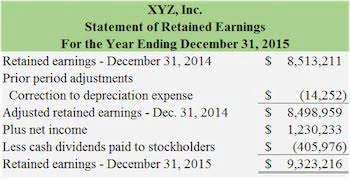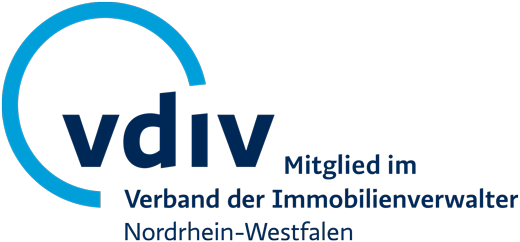
Amortization is important because it helps businesses and investors understand and forecast their costs over time. In the context of loan repayment, amortization schedules provide clarity concerning the portion of a loan payment that consists of interest versus the portion that is principal. This can be useful for purposes such as deducting interest payments on income tax forms. It is also useful for planning to understand what a company’s future debt balance will be after a Bookkeeping for Veterinarians series of payments have already been made. The amortization expense for each accounting period is determined by dividing the initial cost of the intangible asset by its estimated useful life. This results in a consistent yearly expense that reduces the asset’s book value on the balance sheet.

Contribution Income Statement: A Comprehensive Guide

The method of amortization would follow the same rules as intangible assets with finite useful lives. This practice amortization refers to the allocation of the cost of recognizes the diminishing value of intangibles such as patents or copyrights over time. Amortization in accounting involves making regular payments or recording expenses over time to display the decrease in asset value, debt, or loan repayment.
Amortization of Intangible Assets: Methods and How To Calculate
- The formulas for depreciation and amortization are different because of the use of salvage value.
- ARMs typically have lower initial interest rates than fixed-rate mortgages, but the interest rate can increase or decrease depending on market conditions.
- This is done to reflect the gradual loss of value of the asset due to wear and tear, obsolescence, or other factors.
- An amortization schedule is a table that chalks out a loan repayment or an intangible asset’s allocation over a specific time.
- This results in a consistent yearly expense that reduces the asset’s book value on the balance sheet.
In the last monthly payment, $384.73 goes to principal and $1.92 goes to interest. From the tax year 2022, R&D expenditures can no longer be expensed in the first year of service in the United States. Instead, these expenses must be amortized over five years for domestic research and 15 years for foreign study. The research and development (R&D) Tax Breaks are a set of tax incentives that helps attract firms with high research expenditures to the United States. However, the Tax Cuts and Jobs Act (TCJA) in 2017 has changed how they can be expensed.
- Amortization is used to refer to the process of spreading out the cost of an intangible asset over its useful life.
- As this example indicates, using depreciation for tax purposes is closely tied to the aim of reducing taxable income.
- Tangible assets deteriorate due to use, the passage of time, and exposure to elements such as weather and other climatic factors.
- For however long you are using that asset, you are entitled to a deduction on your taxes.
- Amortized loans are also beneficial in that there is always a principal component in each payment, so that the outstanding balance of the loan is reduced incrementally over time.
- The software’s auto depreciation tracking feature enables businesses to follow both current and upcoming depreciation values of assets, helping to manage expenses effectively.
Importance of Amortization in Accounting
- Yes, the amortization period for an intangible asset can be revised if there’s a change in the expected useful life.
- This pattern continues, with amortization decreasing over the asset’s useful life.
- An intangible asset refers to things that cannot be physically touched but are real nonetheless.
- The notes may contain the payment history but a company must only record its current level of debt, not the historical value less a contra asset.
- Delve into the complexities of the evolving tax landscape and political shifts impacting your firm.
By allocating these costs over time, businesses can better align their expenses with the revenues generated by these assets. This helps provide a more accurate financial performance representation during each accounting period. There are typically two types of amortisation in accounting- for loans (including principal and interest payments) and intangible assets. Methodologies for allocating amortization to each accounting period are generally the same as those for depreciation. Amortized Cost refers to the value of an asset or liability over its useful life.

Negative amortization is when the size of a debt increases with each payment, even if you pay on time. This happens because the interest online bookkeeping on the loan is greater than the amount of each payment. Negative amortization is particularly dangerous with credit cards, whose interest rates can be as high as 20% or even 30%.
- Amortization involves spreading the Cost of an intangible asset over its useful life.
- The amortization schedule usually includes the payment date, payment amount, interest expense, principal repayment, and outstanding balance.
- The same amount is expensed in each period over the asset’s useful life.
- One of the trickiest parts of using this accounting technique for a business’s assets is the estimation of the intangible’s service life.
Depletion

Straight-line amortization is calculated the same was as straight-line depreciation for plant assets. Generally, we record amortization by debiting Amortization Expense and crediting the intangible asset account. An accumulated amortization account could be used to record amortization.






